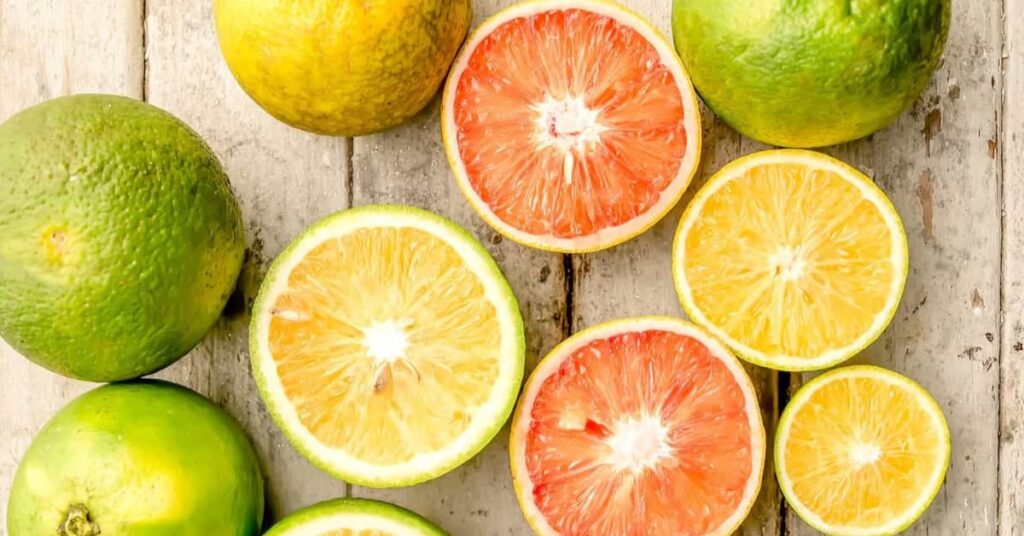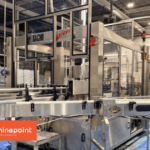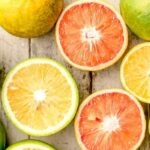Spain boasts the largest citrus cultivation center in Europe, and for this reason, we have extensive experience in machinery used for citrus processing. The processing of oranges and other citrus fruits like lemons and limes is typically located near major cultivation areas so that fresh produce can be processed immediately. This is crucial, given that the temperatures in citrus-growing regions are often high, and fresh fruit deteriorates quickly.
Orange production is primarily processed into juice. The pulp and peel account for approximately 50% of oranges and can also be utilized and processed into other products such as essential oils, liqueurs, fertilizers, animal feed, etc.
What types of citrus processing equipment does Machine Point offer?
The processing and packaging of citrus juices involve a range of specialized machinery to ensure efficient juice extraction, treatment, and packaging under hygienic conditions. Below, I will describe some of the common machines used in this process:
- Fruit Reception and Storage: In this stage, citrus fruits are received and temporarily stored before processing. Conveyor belts and elevators are often used in this area to move the fruits efficiently.
- Washers: Fruits are thoroughly washed to remove dirt, pesticide residues, and other contaminants. Industrial washers may use water and soft brushes to clean the fruits without damaging their skin.
- Juice Extractors: These machines are responsible for extracting juice from the fruits. They can be roller presses or centrifuges, depending on the type of fruit and production volume. Centrifuges are fast and efficient, separating juice from pulp and other solids.
- Filters and Separators: After extraction, the juice may pass through filters and separators to remove any residual pulp or solids. This helps achieve a clearer and more transparent juice.
- Pasteurization: Pasteurization is a heat process that eliminates bacteria, yeast, and other microorganisms that can spoil the juice. Pasteurization machines heat the juice to a specific temperature for a certain time and then cool it rapidly to maintain freshness and flavor.
- Mixers: If blends of different juice types are produced or the juice concentration is adjusted, mixers and dilution systems are used to achieve the desired proportions.
- Fillers: After treatment and adjustment, the juice is packaged in bottles, cans, Tetra Paks, or other types of containers. Automatic fillers fill the containers with juice and can hermetically seal them to ensure freshness and safety.
- Labelers and Coders: These machines apply product information labels and expiration dates. They can also print batch codes and other important details on the packages.
- Packaging and Wrapping: Once packaged and labeled, the products are grouped into boxes or packages for easy transport and distribution. Packaging machines can stack, wrap, and seal the boxes efficiently.
- Temporary Storage and Distribution: Finally, packaged products are temporarily stored in warehouses before being distributed to retail outlets.
Production lines may vary, but we can define a citrus processing line as follows:
- Fruit Reception Systems: Fresh fruit goes through an initial wash to remove dirt, leaves, and pesticides. It undergoes initial sorting and classification.
- Citrus Storage Systems: Citrus is transported using conveyor belts and elevators to storage tanks, specially designed to prevent excessive pressure on the fruit. Fresh fruit testing can also be performed at this stage.
- Classification and Citrus Washing: Citrus goes through conveyor lines for further classification and washing. Classification is essential as different sizes of citrus require different extractors to ensure high-quality juice.
- Citrus Extraction Line: Juice must be extracted and squeezed without allowing any oils from the peel or other contaminants to pass into the juice. A good extraction line is key to obtaining quality juice and good yields. Extractors usually come in 2 to 3 different sizes to accommodate different sizes of citrus and prevent over- or under-extraction. Different extraction systems are used depending on the final product, production volume, and budget.
- Finishers: The juice then goes through finishing machines that separate the juice from the pulp. The resulting pulp is directed to pulp recovery units.
- Juice Mixing Units: Juices from different extraction lines are mixed to achieve a consistent flavor and acidity.
- Different types of juice or concentrate can be obtained from here:
- Frozen Concentrated Orange Juice: The juice is pasteurized, evaporated to produce concentrate, cooled, mixed, and stored in freezing tanks. Most juices today come from concentrate. Different evaporators are used depending on the processing volume (tubular or plate evaporators). The concentrate can be cold-stored, frozen, and packaged for delivery. See the juice processing or concentrate processing process for more information.
- Not From Concentrate Juice (NFC): The juice is pasteurized, filled, and packaged.
- Byproducts: Citrus essential oil, pulp, and seeds are byproducts of citrus juice processing that can be further processed into other products such as cleaning products, cosmetics, pharmaceuticals, and animal feed. MachinePoint provides lines for peel processing, pulp recovery, feed production lines, pulp alkali treatment, pulp washing, and cellulose production. See also our essential oil processing.





